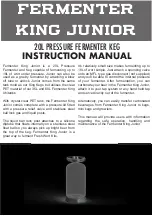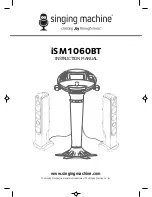
11
Pulsed TIG welding
P i c t u r e 7 . p u l s e r e l a t i o n
IP—summit current
Ib—base current
tp—width time of summit current
T—period of pulse
f=
T
1
,
it can be adjusted among 0.5
~
200Hz.
D
=
T
tp
,
it can be adjusted among 0.1
~
0.9.
The bigger the pulse ratio is, the wider and deeper the welds are; otherwise, the narrower and less
deep.
The higher the pulse frequency is, the more dense the welding waves will become; otherwise, the
less dense.
Operation method:
The welds of a workpiece can be precisely controlled on the pulsed TIG welding mode, every
welding point can be heated up and cooled down quickly, the possibility of producing cracks can be
decreased. It is suitable for welding workpieces, which are of different heat conductivity and
thickness, and thin plates and ultra thin plates (of 0.4mm). As long as “base current” is kept below
“crest current”, the pulsed TIG welding effect can be achieved. A smaller volume of “base current”
(also referred to as “arc maintaining current”), is usually selected, as far as arc is maintained; the
selection of the pulse ratio (tp/T) depends on heat input, which is reflected on a weld’s width and
depth. 0.3 ~ 0.7 of the ratio is generally chosen. Pulse frequency is selected according to the
welding speed and the thickness of welding plates.
Apart from the above, operate the machine in the same way as on the AC TIG welding mode.
Summary of Contents for TIG200P
Page 17: ...16 9 CIRCUIT DIAGRAM...



































